44 reading nutrition labels sugar
How to Read Nutrition Labels When You Have Diabetes - WebMD The right meal plan is essential if you want stable blood sugar levels. Knowing your way around food labels is a good way to stay on track. ... How to Read a Nutrition Label for Diabetes . Reading labels | Diabetes UK Always look at the 'total carbohydrate' on the label when carb counting. This will make sure you are counting both the complex (starchy) and simple (sugary) carbs in your food. Both will raise your blood glucose (blood sugar) levels, and need to be matched with insulin.
Food labels - NHS Nutrition labels are often displayed as a panel or grid on the back or side of packaging. This type of label includes information on energy (kJ/kcal), fat, saturates (saturated fat), carbohydrate, sugars, protein and salt. It may also provide additional information on certain nutrients, such as fibre.
Reading nutrition labels sugar
Food Labels | CDC - Centers for Disease Control and Prevention All the numbers on this label are for a 2/3-cup serving. This package has 8 servings. If you eat the whole thing, you are eating 8 times the amount of calories, carbs, fat, etc., shown on the label. Total Carbohydrate shows you types of carbs in the food, including sugar and fiber. Choose foods with more fiber, vitamins, and minerals. Helping Kids Learn About Food Labels | Sanford Fit Nutrition labels give information. When you are choosing snacks and drinks, look at the sugar line. It will tell you about the natural and added sugars. "Added sugar" is any sugar that was added to the food at some point. Adding sugar to food does not make it more nutritious. Snacks and drinks without added sugars give you a bonus! Sneaky Sugars: How to read food labels - Natvia - 100% Natural Sweetener The tricky part comes when you realise that this counts ALL sugars - added sugars as well as those that naturally occur in food, such as fruit. This means that a product that claims to be 'no added sugars' can still be high in its overall sugar content. Sneaky! Dietary fibre: You won't see this on all food labels. It only needs to be ...
Reading nutrition labels sugar. How to read labels for added sugar - That Sugar Movement Three: Remember that 4g = 1 teaspoon of sugar Technically, 4.2g = 1 teaspoon of sugar, but for the easy on-the-spot calculation, just remember 4g equals one teaspoon. For example, a 375ml can of Coca-Cola is about 40g of sugar. Dividing that by 4 means there are 10 teaspoons of added sugar in the one can. Reading Food Labels When You Have Diabetes - WebMD It has measurements of fat, cholesterol, sodium, carbohydrates, protein, vitamins, and minerals for a typical amount of that food. This information can make it easier for you to choose foods that... How to Understand and Use the Nutrition Facts Label | FDA Added Sugars on the Nutrition Facts label include sugars that are added during the processing of foods (such as sucrose or dextrose), foods packaged as sweeteners (such as table sugar), sugars from... Reading Food Labels | ADA - American Diabetes Association Put food labels to work. The Nutrition Facts labels on foods are really the key to making the best choices. We'll cover the basics so that these labels make shopping easier for you. You've heard it all. From carb-free to low-carb, to whole and empty carbs, it's hard to know what it all means. Blood sugar highs and lows aren't always ...
Learning To Read Labels :: Diabetes Education Online On a nutrition food label, subtract the fiber from the total carbohydrate amount. When you read food labels, the grams of sugar are already included in the total carbohydrate amount, so you do not need to count this sugar amount separately. The grams of sugar listed include both natural sugars, from fruit or milk, and added sugars. Understanding sugar content on food labels - Diabetes Care Community Understanding sugar content on food labels is important, to ensure that you're consuming healthy amounts. Reading the ingredient lists and nutrition facts tables on packaged foods is a helpful way for you to check what kind, and how much, sugar a product has. Finding sugar content in the ingredients list Understanding food labels | Diabetes UK The labels show how many calories are in the food or drink and are also colour coded to show whether the food is low (green), medium (amber) or high (red) in fat, saturated fat, sugar and salt. The information on the front of the pack also tells you how the portion of the food contributes to the Reference Intake (RI) of an adult. Food label reading guide | Nutrition Australia What to look for when reading food and drink labels (per 100g) Health Star Ratings The Health Star Rating is a front of pack labelling scheme which can be used to make healthier food choices at a glance. The rating range is from ½ - 5 stars and the more stars, the healthier the choice. Recommended minimum star ratings for food and drink categories
How to Identify Sugar on Nutrition Labels | Days To Fitness Step 3 - Compare the sugar content of similar food products. A very effective way to see how much sugar is in the food you are eating is to compare product labels side by side. For example, take a no-added-sugar cereal and a regular breakfast cereal and compare total sugar per same-sized serving. You'll often be surprised at the difference. Reading food labels: Tips if you have diabetes - Mayo Clinic Look for foods with 3 or more grams of fiber. Put sugar-free products in their place Sugar-free doesn't mean carbohydrate-free. Sugar-free foods may play a role in your diabetes diet, but remember that it's equally important to consider carbohydrates as well. A sugar-free label means that one serving has less than 0.5 grams of sugar. Learn How the Nutrition Facts Label Can Help You Improve Your Health That means if you consume 2,000 calories in a day, added sugars should account for no more than 200 calories. Read the Nutrition Facts labels on your packaged food and drinks to keep track of sugars, fats, protein, and other nutrients. Most sodium we consume is from salt, and salt is commonly in processed foods. This Is How to Read a Nutrition Facts Label on the Keto Diet Sugars Protein Vitamin A Vitamin C Calcium Iron Since the 1990s, some changes have been made, including which nutrients manufacturers must clearly list on labels. [ *] Nutrients like vitamin A and vitamin C are no longer required, while vitamin D, potassium, "added sugars," and trans fats must appear on labels [ * ].
Added Sugars on the New Nutrition Facts Label | FDA Let the Nutrition Facts Label Be Your Guide The new Nutrition Facts label can help you compare and choose foods that are lower in added sugars. Check the label to see if foods are LOW or HIGH in...
PDF Read the Nutrition Facts Label for Sugar! - National Institutes of Health choice! Read Nutrition Facts labels, and choose products to keep your heart strong. *Percent Daily Values are based on a 2,000-calorie diet. Your Daily Values may be higher or lower depending on your calorie needs. Unsweetened Iced Tea One cup of unsweetened iced tea has 5 calories and no sugar. You can learn a lot from a Nutrition Facts label ...
Decoding Diabetes: How to Read Nutrition Labels | Accu-Chek Typically, a nutrition label will have different lines for: Total Fat, with breakdowns of both Saturated Fat and Trans Fat Cholesterol Sodium Total Carbohydrates, with breakdowns of Dietary Fiber, Sugar, and Sugar Alcohol Protein
How To Read Food labels for Sugar | My Sugar Free Kitchen On the label check the sugars in the nutrition panel. 5g/ml or less of sugar per 100g/ml = this would count as low sugar content. It means 5% of the ingredients are sugar Between 5g/ml and 20g/ml of sugar per 100 grams = medium sugar content. With 20ml of sugar per 100 ml, this means the product is 20% sugar…not so good.
How to Read Nutrition Labels for Sugar - hekagoodfoods Keep in mind, one gram of sugar is roughly equivalent to 1/4 teaspoon of sugar. A percentage indicating how much of your recommended daily intake the item contains. While this is helpful to reference, the FDA recommends natural and added sugars account for no more than 10% of your daily caloric intake. What to Look for in the Ingredients List
Sugars on food labels - Sugar Nutrition Resource Centre The sugars in the ingredients list are only those which have been added to the product. The sugars in the nutrition information panel refers to total sugars - this includes sugars added as an ingredient but also those which are naturally present in the food. FURTHER READING. FSANZ Food Labels - what do they mean. Acessed 29.07.2020
How To Read Food and Beverage Labels - National Institute on Aging Most older adults exceed the recommended limits for saturated fats, sodium, and added sugars. Compare and choose foods to get less than 100% DV of these each day, making sure to adjust for how many calories are in your diet. Additionally, many older adults do not get the recommended amounts of dietary fiber, vitamin D, calcium, and potassium.
How to Read Nutrition Facts Labels the Right Way - GoodRx Potassium. Calcium. Iron. Vitamin D. Most Americans do not consume enough of these nutrients, but they all can play a role in protecting your body from diseases, lowering your blood sugar, and improving your cholesterol levels. It's a good idea to choose foods that contain higher amounts of these nutrients.
5 ways to spot added sugars on food labels Raw sugar. 2. Look for the word "includes". Recently, the Food and Drug Administration mandated that manufacturers must list added sugars in grams and as a percentage of the Daily Value. Now food labels have the word "includes" before added sugars to indicate that added sugars are included in the number of grams of total sugars in the ...
LABEL READING: CARBOHYDRATES AND SUGARS - Renaissance Nutrition Center ... At this point, you cannot tell how much sugar the manufacturer has added; when the food labels change in 2018, there will be a line named "added sugars." One teaspoon of sugar or sugar equivalent is 4 grams of sugar, 16 calories. Products we call sugars are often included in Total Carbohydrates, but not in the Sugars listings.
Sneaky Sugars: How to read food labels - Natvia - 100% Natural Sweetener The tricky part comes when you realise that this counts ALL sugars - added sugars as well as those that naturally occur in food, such as fruit. This means that a product that claims to be 'no added sugars' can still be high in its overall sugar content. Sneaky! Dietary fibre: You won't see this on all food labels. It only needs to be ...
Helping Kids Learn About Food Labels | Sanford Fit Nutrition labels give information. When you are choosing snacks and drinks, look at the sugar line. It will tell you about the natural and added sugars. "Added sugar" is any sugar that was added to the food at some point. Adding sugar to food does not make it more nutritious. Snacks and drinks without added sugars give you a bonus!
Food Labels | CDC - Centers for Disease Control and Prevention All the numbers on this label are for a 2/3-cup serving. This package has 8 servings. If you eat the whole thing, you are eating 8 times the amount of calories, carbs, fat, etc., shown on the label. Total Carbohydrate shows you types of carbs in the food, including sugar and fiber. Choose foods with more fiber, vitamins, and minerals.
:format(jpeg)/cloudfront-us-east-1.images.arcpublishing.com/tgam/OWZVZMM2JBG7ZIRF7RZAZXOJDI.jpg)
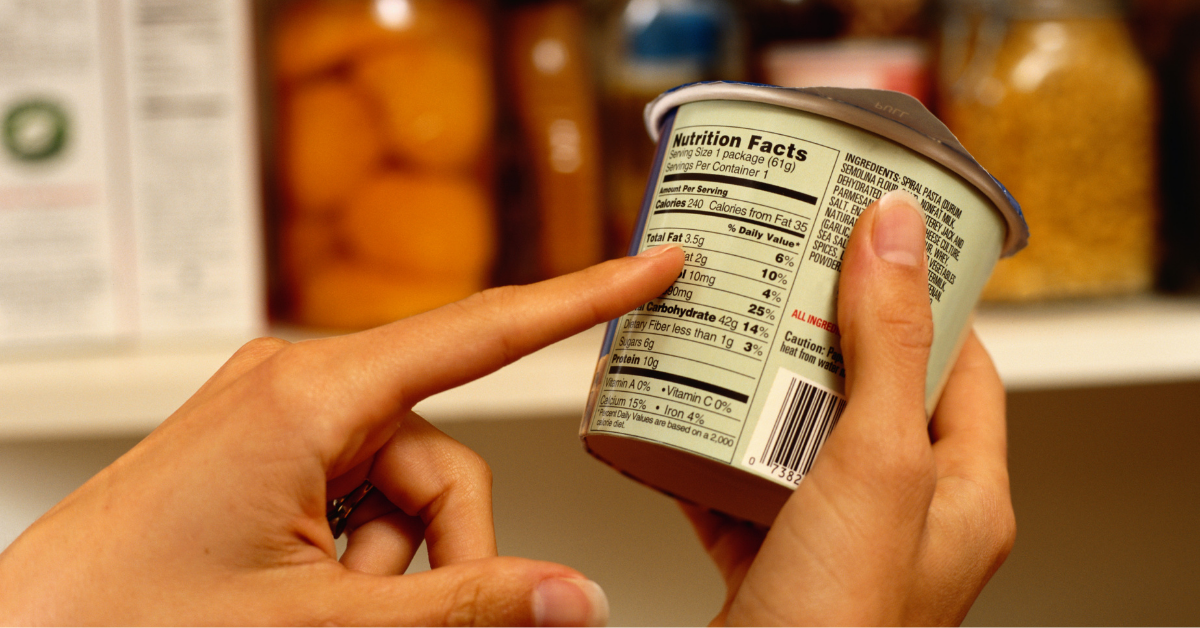



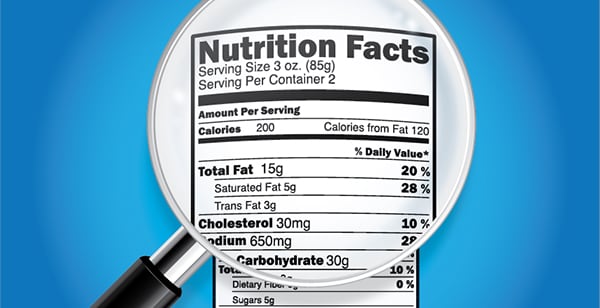
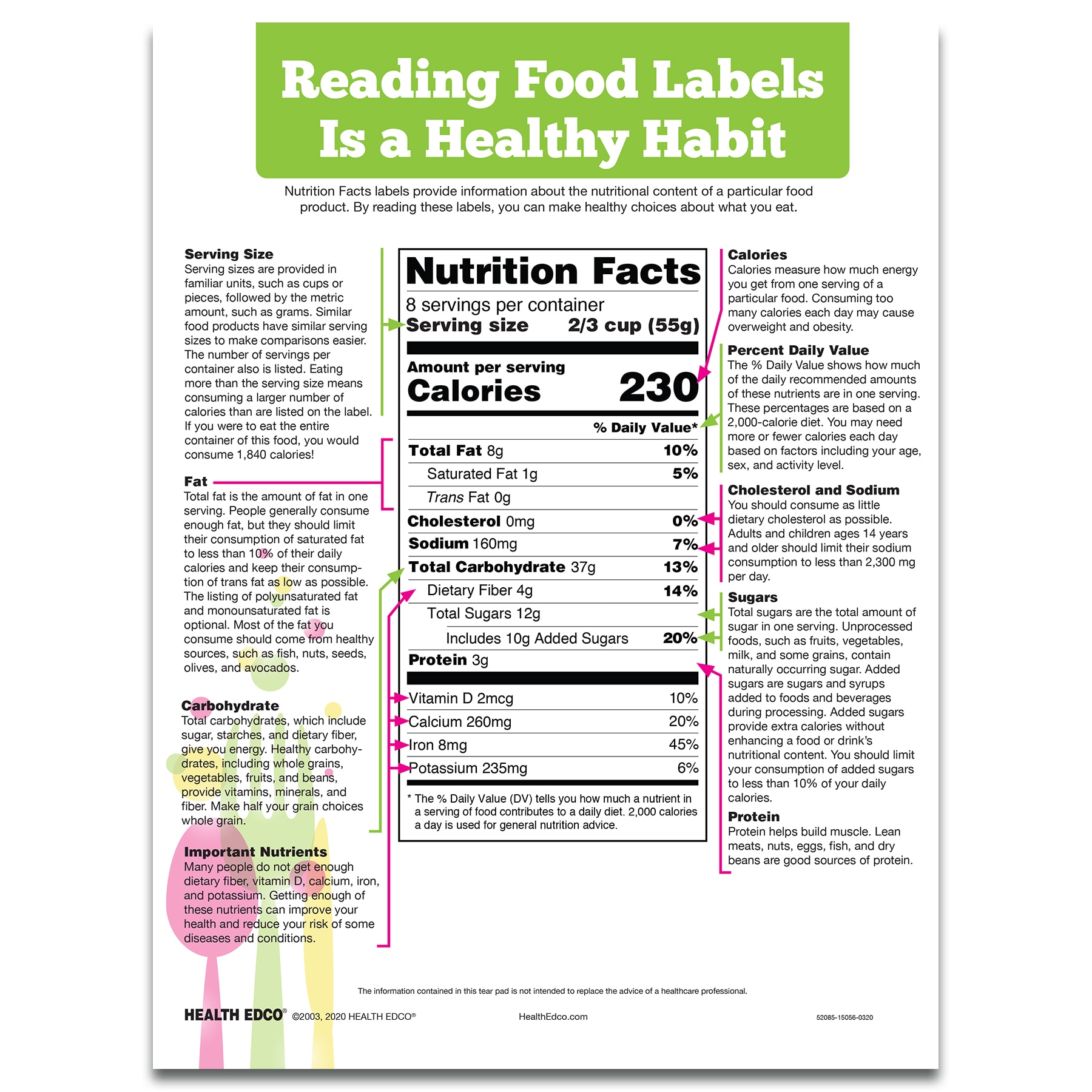



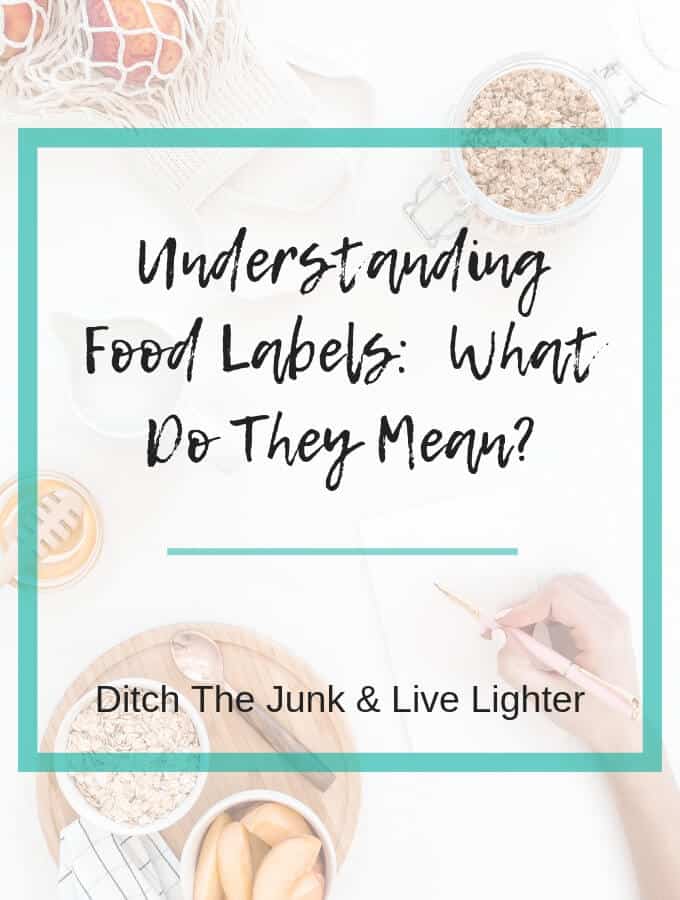
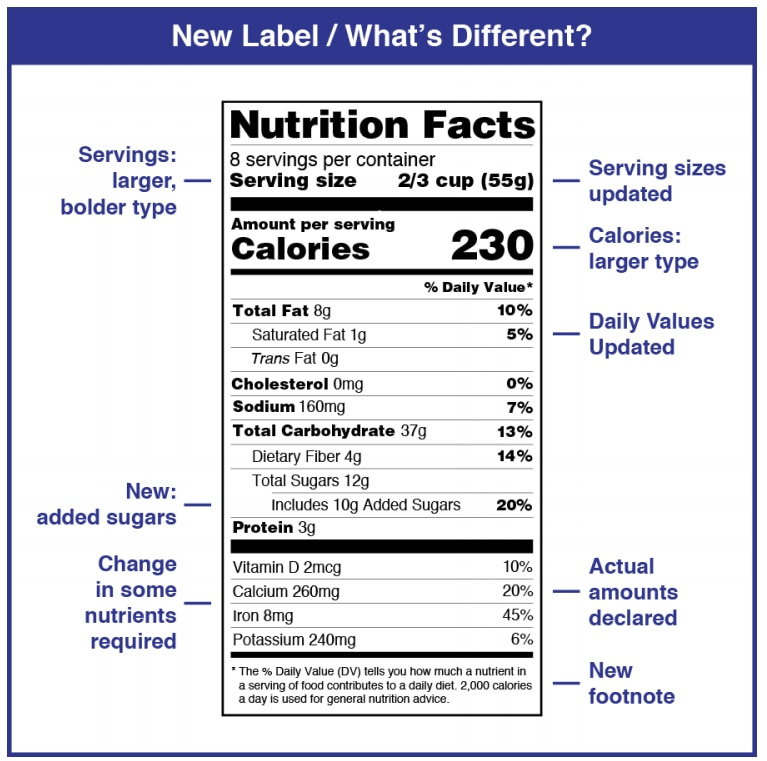


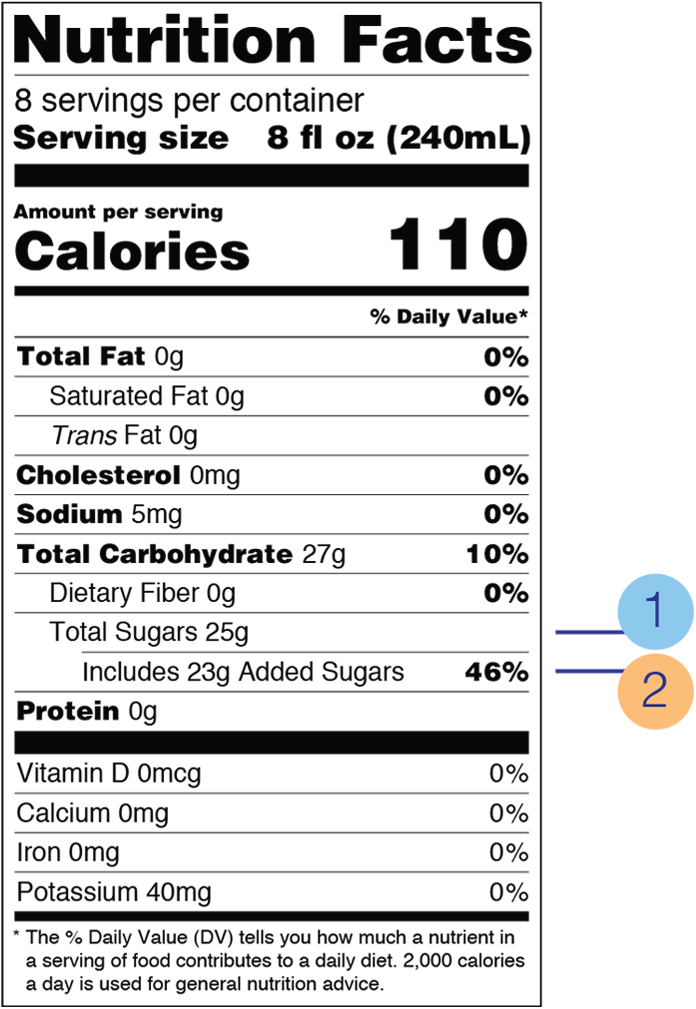
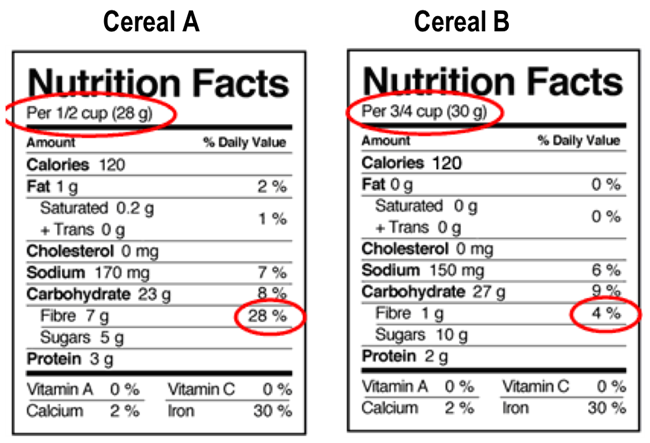


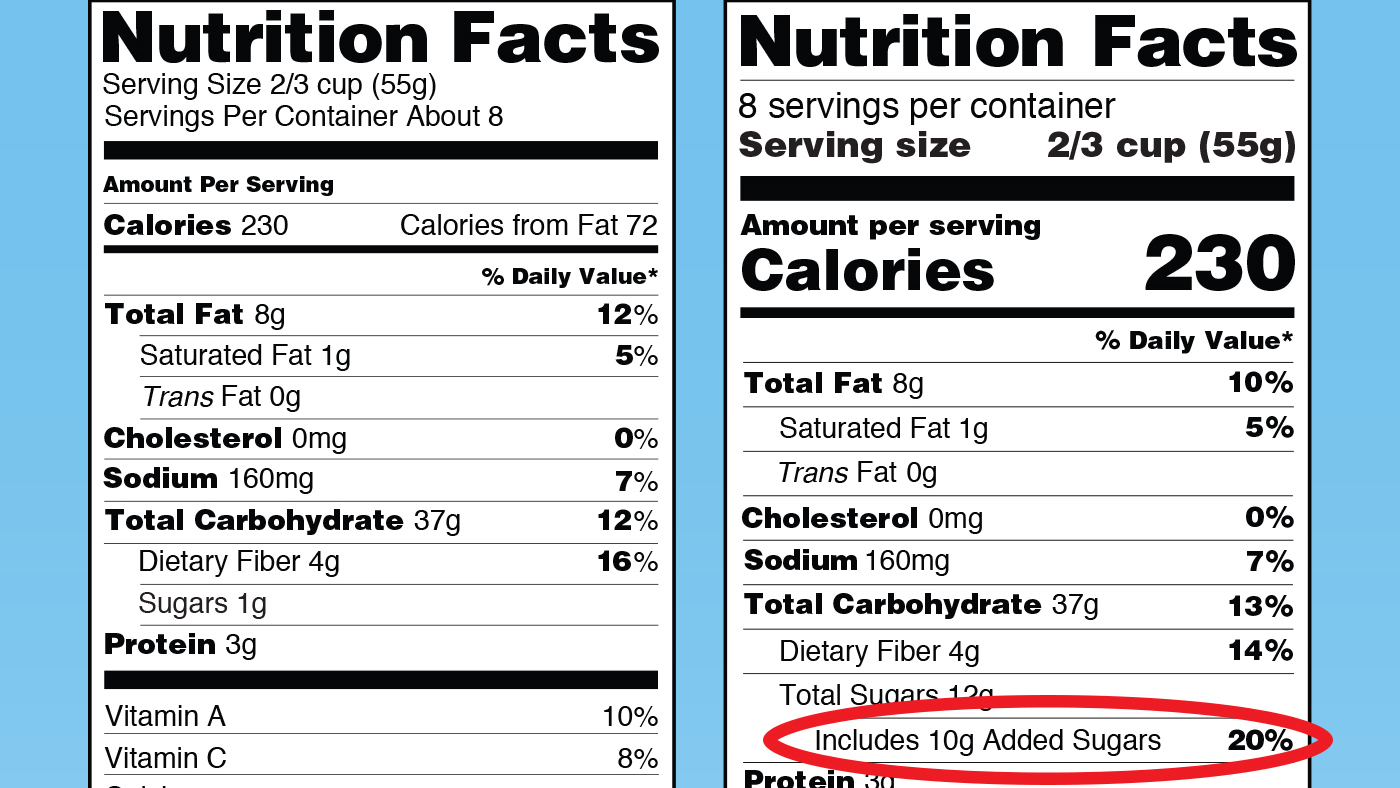
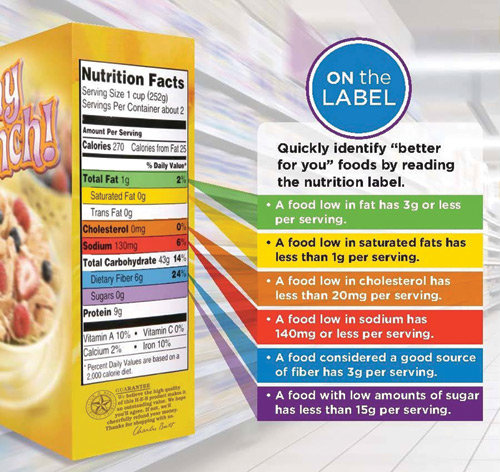

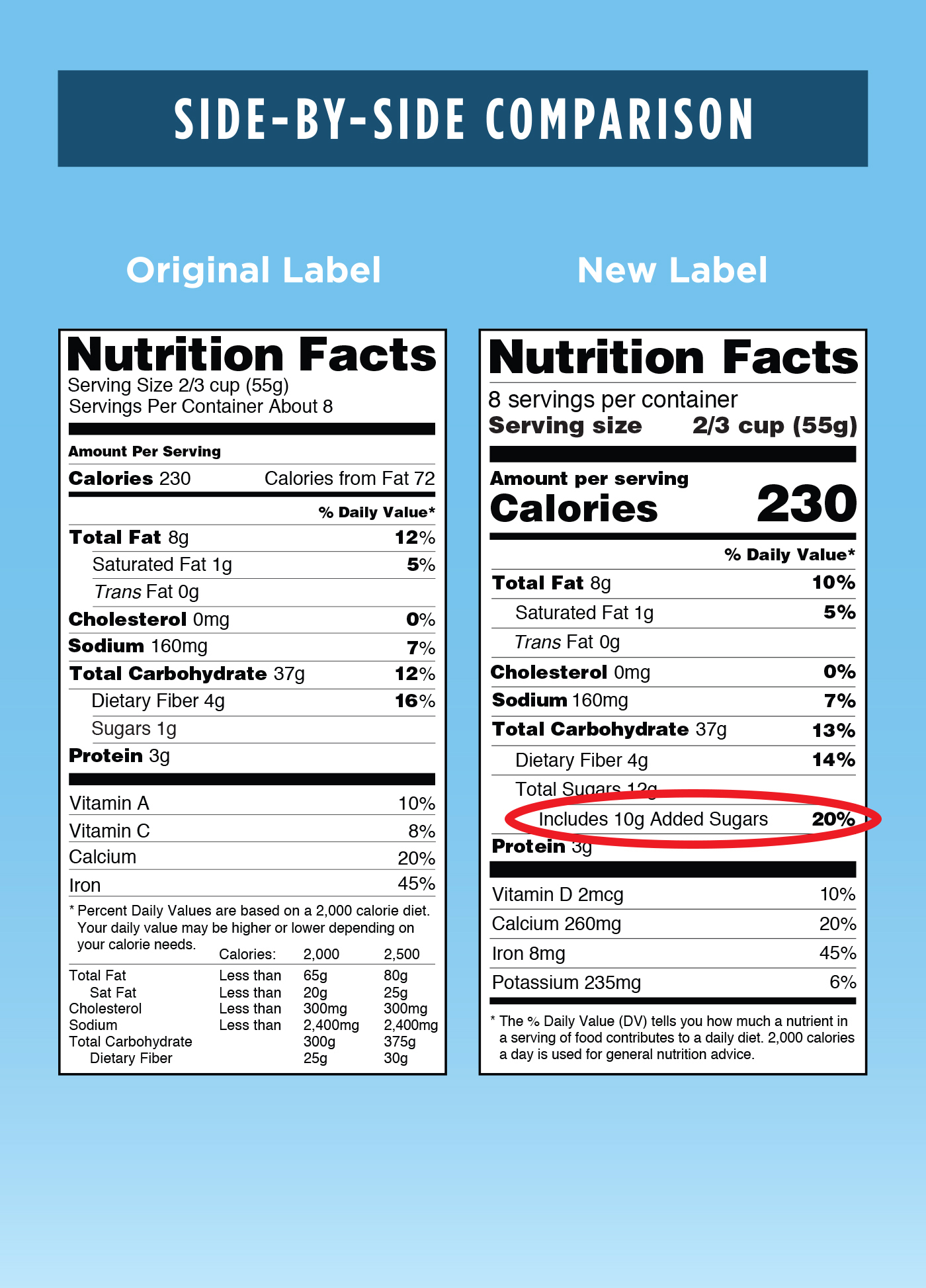

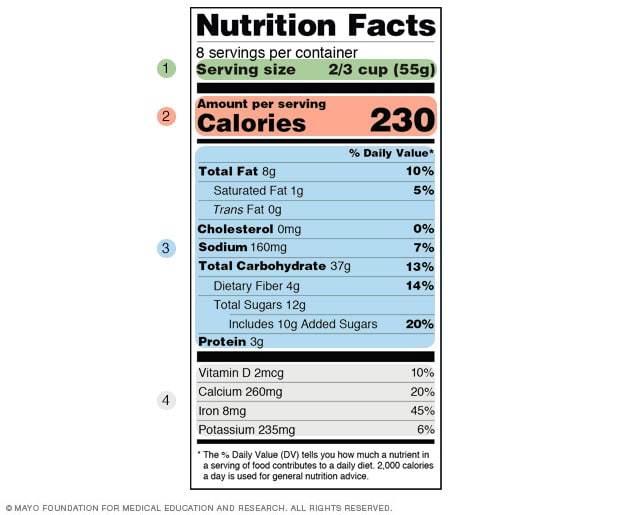
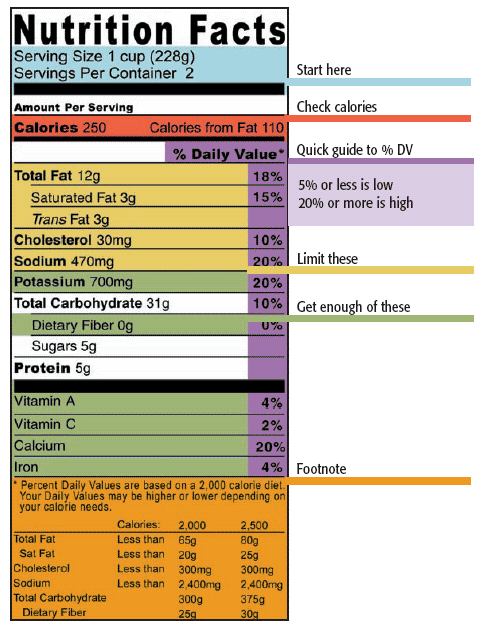


:format(webp)/arc-anglerfish-tgam-prod-tgam.s3.amazonaws.com/public/KEYY6O2OGBGOTPVOEJ5W6UM55E.jpg)




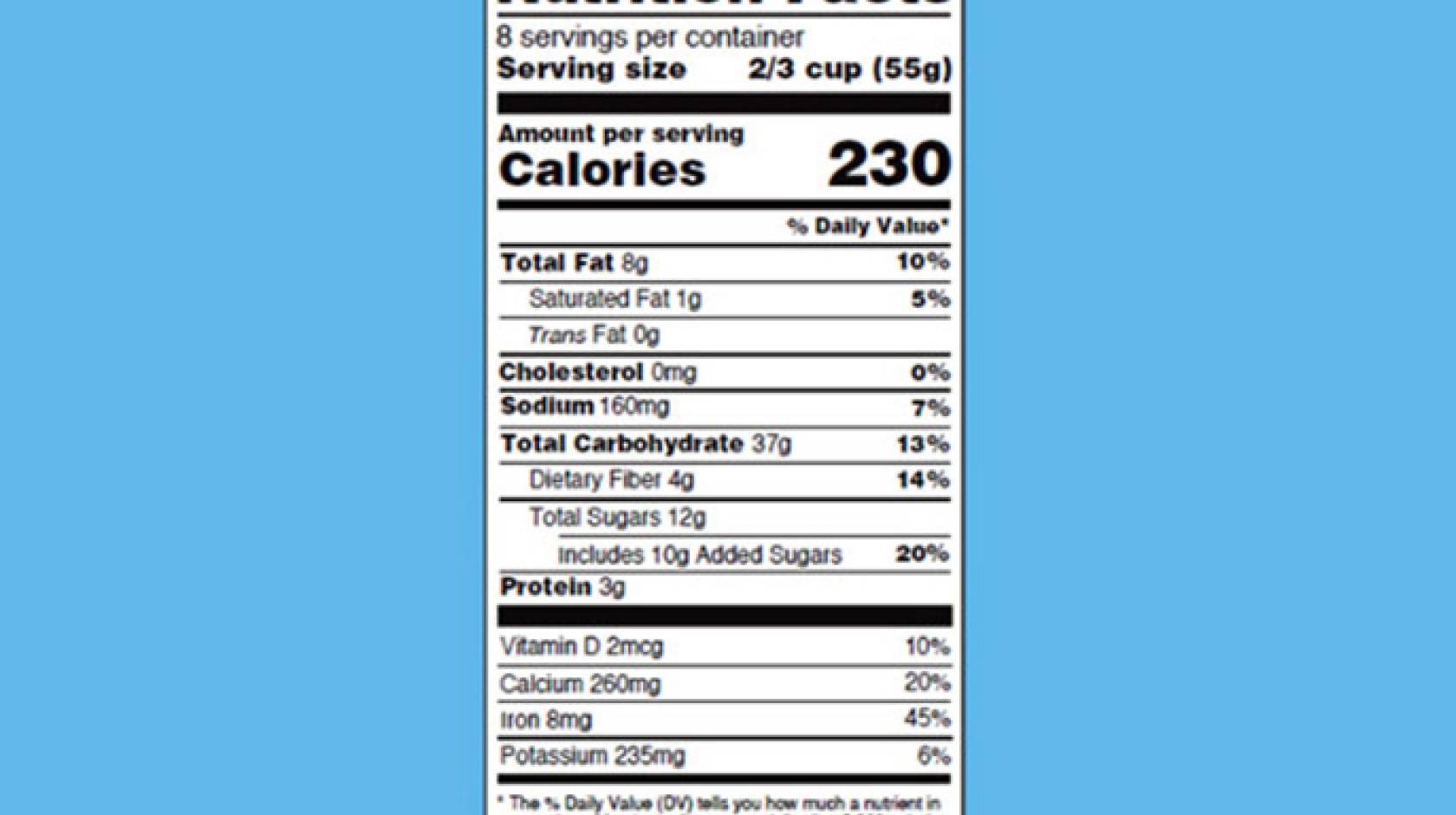

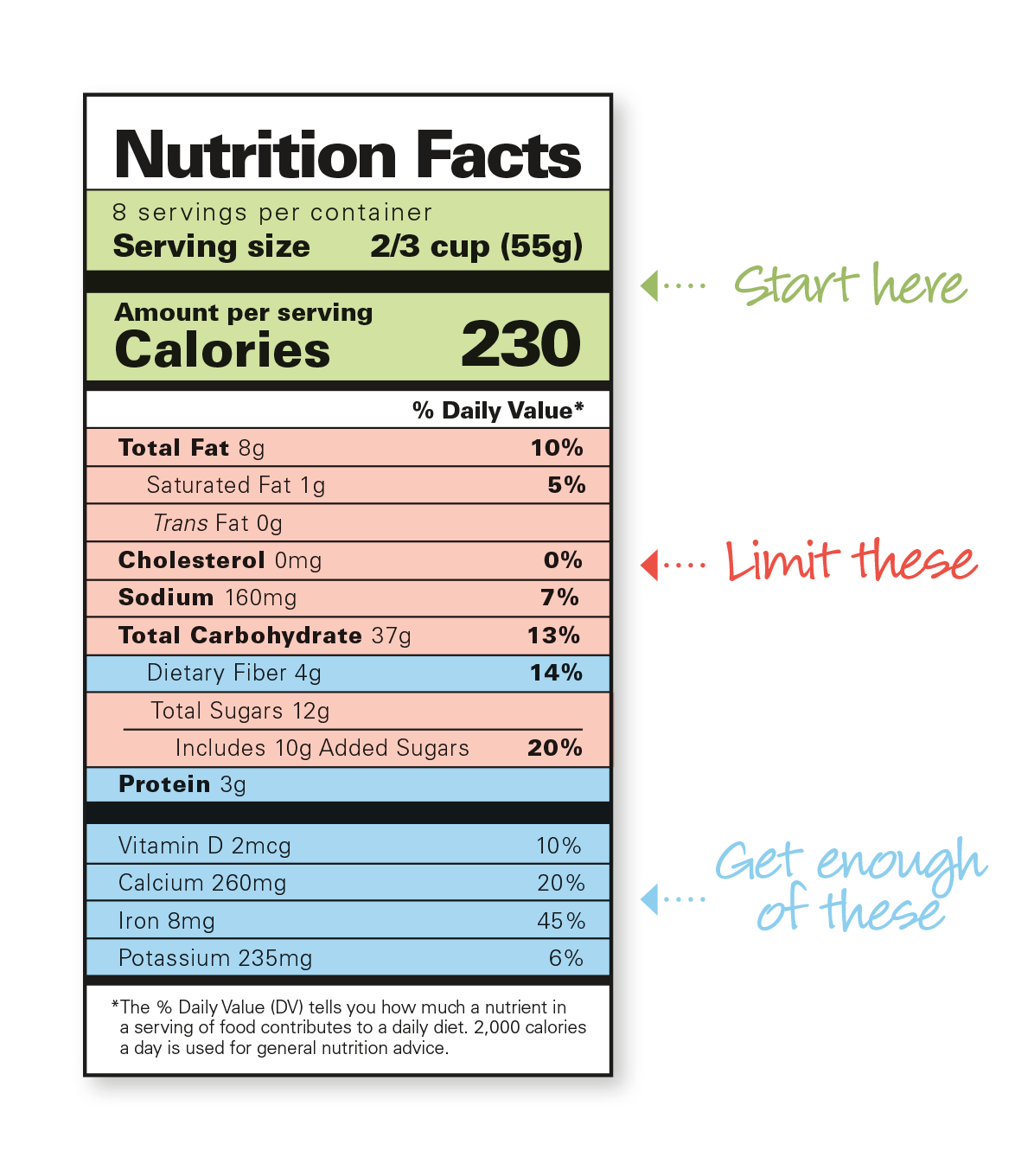
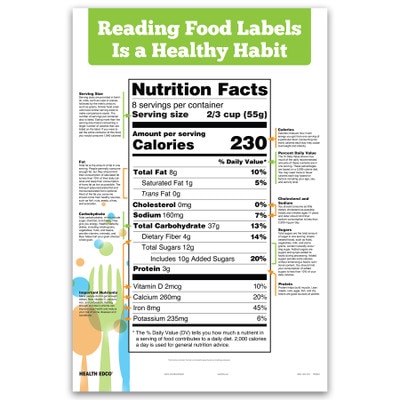
:max_bytes(150000):strip_icc()/Untitled-design-5753677f5f9b5892e8d7d171.jpg)
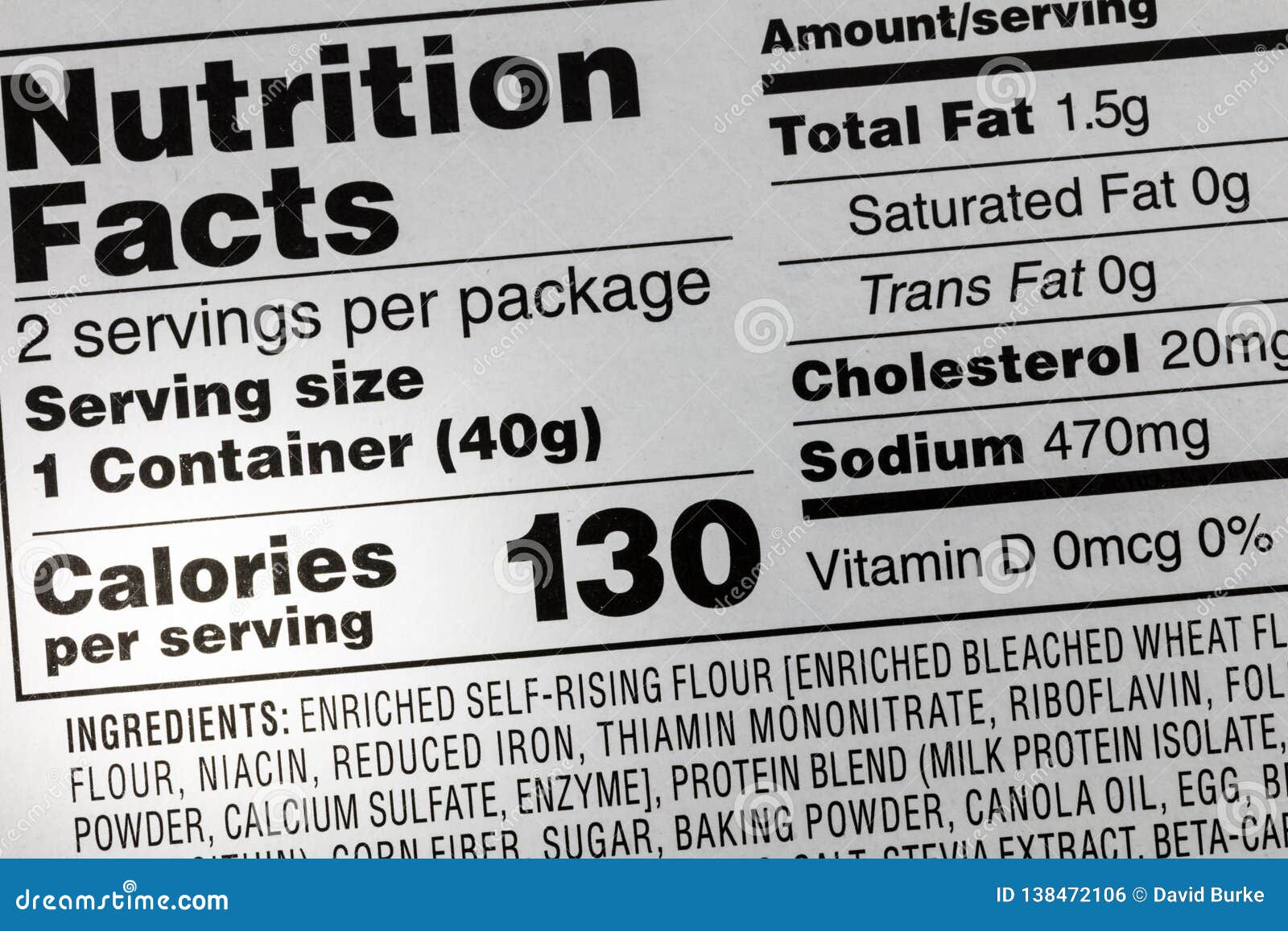
Post a Comment for "44 reading nutrition labels sugar"